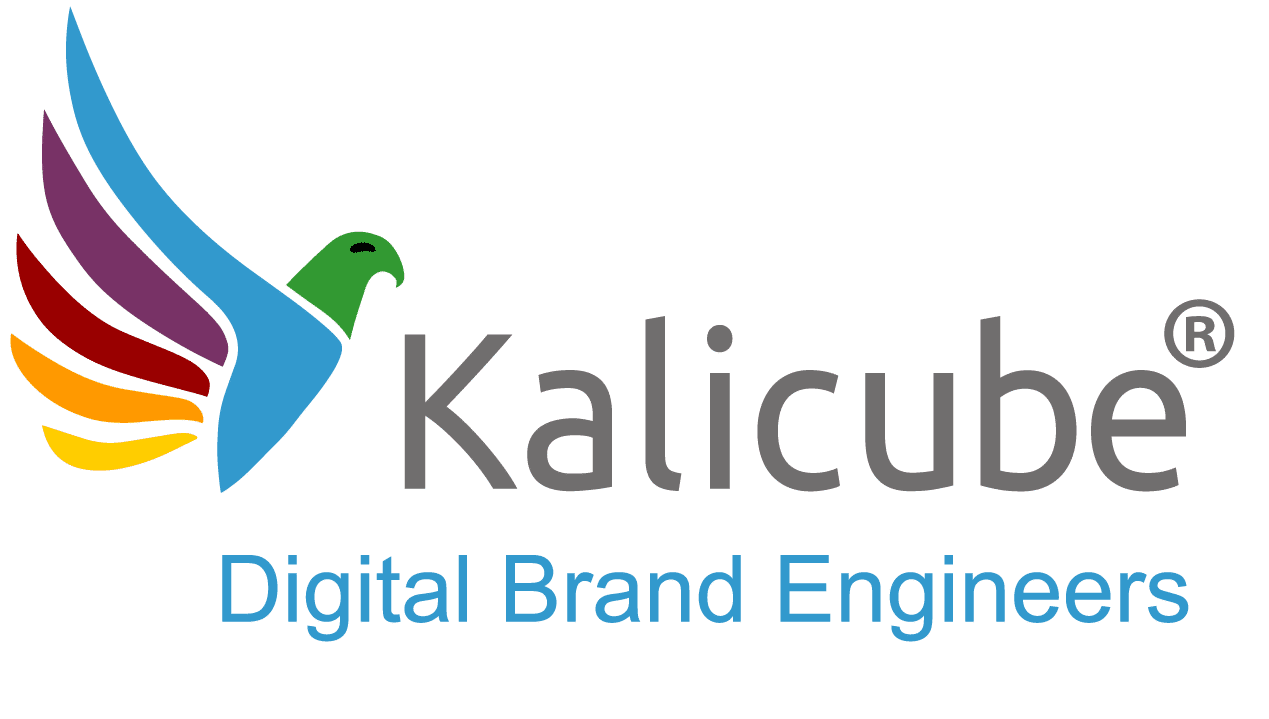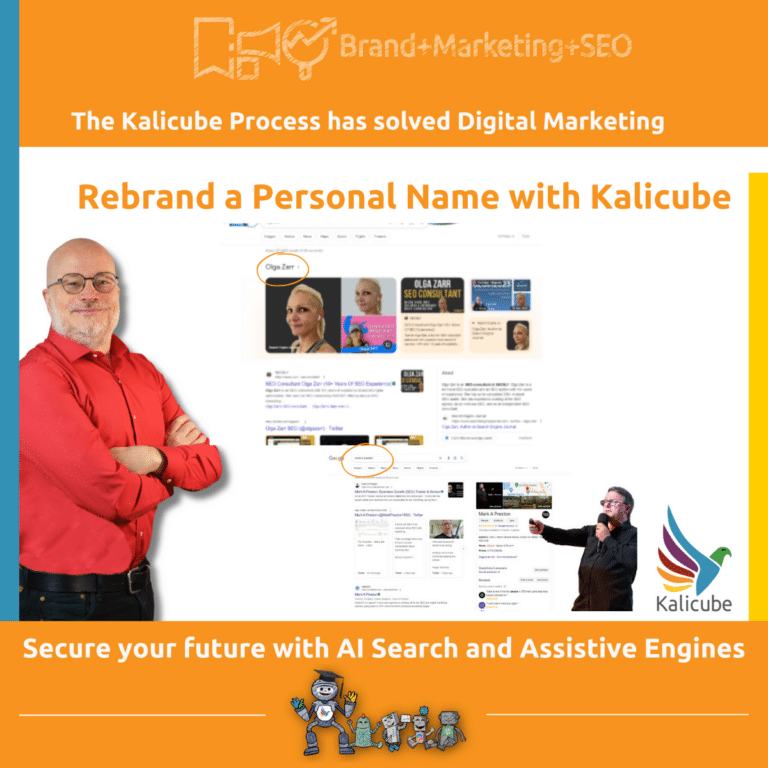The 3 Pillars of SEO – Understandability Credibility Deliverability

The Three Pillars of SEO
- Understanding
- Credibility
- Deliverability
Jason Barnard created this new definition of the three pillars of SEO in 2019 when giving a talk in Melbourne, Australia. The pillars are based on an approach whereby we have empathy for Google. If we think about what Google is trying to do and what Google needs, we can make SEO significantly easier. Essentially, SEO is helping Google to to help its users, which in turn, help us.
Pro Tip: Google’s three fundamental problems are understanding what it is we’re offering, evaluating the credibility of the solutions it has found, and evaluating the deliverability of your content as the best solution in its product (the SERP).
Here is how make your life vis-à-vis to Google much easier.
Understanding
Google needs to understand who you are and what your offer is in order to be able to present it to its user.
Now, remember that when it’s presenting your content to its users, it is recommending your content to its users. The one right at the top, whether it’s you or your competitor, is the one that it thinks is the best solution.
It’s recommending… and people trust Google. How many of us now actually go through all the results, trying to figure out which is the best one and how many of us simply click on the first, most attractive element on the page? Be it a blue link, a Video Box, Twitter Boxes, Knowledge Panel, People Also Ask… whatever it might be.
So in order to be able to be on that page, you need to make sure that Google understands who you are and what you offer. What you’re doing in SEO is trying to explain to Google who you are and what you offer.
That goes through things like clear writing, clear copywriting, semantic triples (subject, verb, object) also schema markup, which explains explicitly to Google in a language it can understand what is in the page.
So all of those things and a lot of other ones besides just serve to help understanding.
Credibility
Once it’s understood that your offer and your competitor’s offer are equally good, how does it decide which one goes above the other?
That’s where credibility comes in. You might want to call it, E-A-T – expertise, authority and trust – but credibility is a great word for it too. What does Google use to evaluate E-A-T and credibility? It uses things like reviews, peer group approval.
And you can use schema markup to point it to all the things online that confirm that you are a more credible credible solution than the competition nos that Google has understood that you both offer the same thing or more or less the same thing.
So now it’s understood that you’re more credible. But what happens if it doesn’t believe you can deliver the solution to its user?
You’ve lost the game.
Deliverability
Thirdly, you need to also think about deliverability. This is perhaps the most fundamental question that most people in SEO and digital marketing won’t consider: “Is the content deliverable and therefore suitable for Google’s product – the SERP?”
Deliverability covers multiple things including the quality of your site (page speed, mobile friendliness and so on), format of the content (video, written content, podcasts, images etc) and the suitability of the content for Google’s SERP.
Which combination of factors is appropriate in any given situation depends on user needs, situations and preferences.
You need to find the content that corresponds to the needs of the user in the circumstances they find themselves in. And that could be their preferences. It could be their device. It could be their geo location. It could be the internet speed. All of those things come into play.
Pro Tip: These overlaps of intent, device, topic, geo, entity and other factors makes content repurposing incredibly powerful.
And also remember that some of these results – some of these solutions – are delivered on Google’s Search Engine Results Pages. That’s on-SERP SEO. And, yes, that’s a big, big, big bag of fish that we don’t really want to open up here 🙂
But sometimes Google will deliver your answer – your solution – on it’s SERP, at which point it needs to be able to reach into your content, pull out the piece it needs and put it in the SERP.
So something like well-structured HTML5 will help with that, perhaps using IDs in your divs, using schema markup once again. Interestingly, Schema markup usually serves all three of these pillars really well – it is incredibly important.
If Google can easily pick your content up and put it into the SERP it probably will. And at the expense of your competition, which is the aim of the game at the end of the day.
Understandability Credibility Deliverability™ From Your Point of View
Now, if we now turn it around, instead of being empathetic to Google, we’ve been empathetic to Google just long enough – five minutes. Now let’s think about ourselves. Be empathetic to ourselves.
Number one, we need to communicate to Google who we are and what it is we’re offering on each and every piece of content. We need to communicate what the offer is very clearly and explicitly. A good idea is to use schema markup. Clear copywriting. Do transcripts for videos.
Number two, we need to convince it that we have the best solution, the most credible solution. That can be inbound links. It can be reviews. It can be user generated content on the page. It can be comments on a video. It can be likes on a video. All of these things are going to push it towards the idea that this is a credible solution for its users.
Number three. We need to ask ourselves these questions: “is our content suited to Google’s product? Will Google want to include this content in their SERP product? Are we putting it into our pages in a manner that allows Google to easily deliver? Are we providing the content for the elements it needs to include it in the SERP – metas, texts, images, thumbnails, videos…? Is our content suited to the user’s needs and preferences? Are we putting it on a platform where Google is going to look for this type of content? For example, videos on YouTube.
If you look at your SEO work, everything you’re doing must serve one or more of these three pillars, understanding credibility, deliverability. If it doesn’t, then it probably isn’t worth doing.
That’s how I tell my clients to look at their SEO work: understanding credibility, deliverability.






